#神道
Text
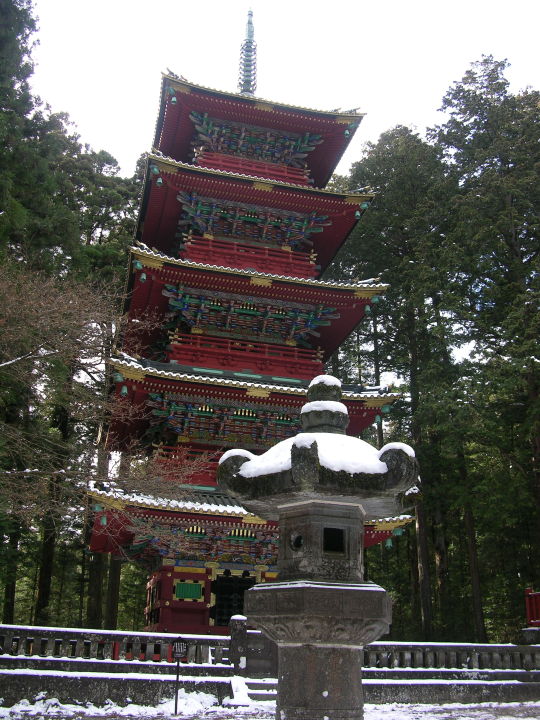
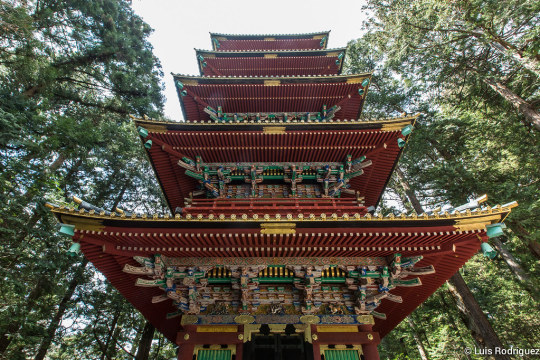
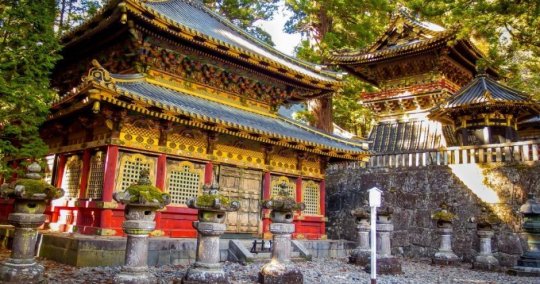
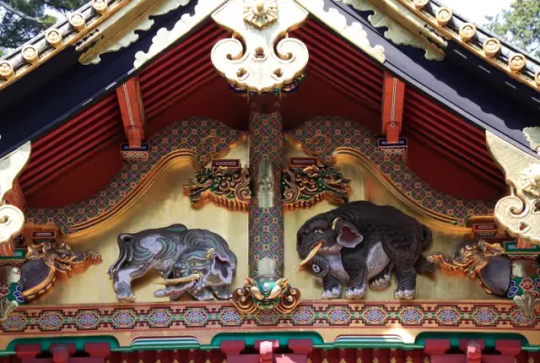
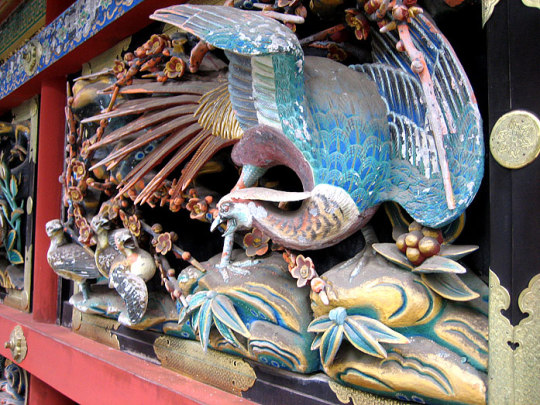
Mausoleo Nikko Tosho-gu, construido en el siglo XVII por Iemitsu, sucesor de Tokugawa Ieyasu. Es un lugar compuesto por un horror vacui, horror al vacío, consta con un gran bestiario de animales con un alto lujo de detalles, es un lugar donde se ve, el máximo esplendor del arte tradicional japonés budista y sintoísta en una gran armonía.
-
Nikko Tosho-gu Mausoleum, built in the 17th century by Iemitsu, successor of Tokugawa Ieyasu. It is a place composed of a horror vacui, horror of emptiness, it consists of a large bestiary of animals with great detail, it is a place where you can see the maximum splendor of traditional Japanese Buddhist and Shinto art in great harmony.
-
17世紀、徳川家康の後継者である家光によって建てられた日光東照宮。ホラーヴァクイ、空虚の恐怖で構成された場所であり、細部まで描き込まれた動物の大型獣戯画で構成され、日本の伝統的な仏教美術と神道美術が見事に調和した最大の素晴らしさを見ることができる場所である。
-
94 notes
·
View notes
Text
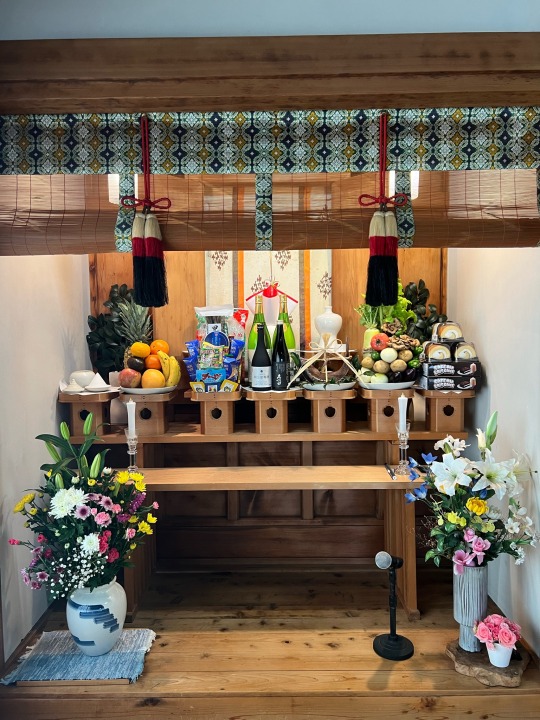

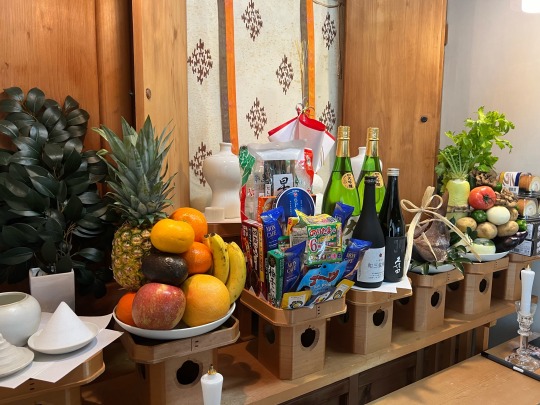
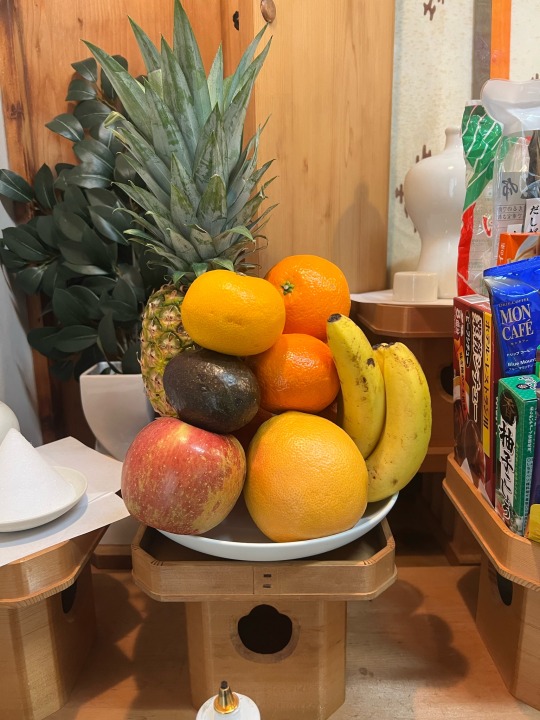
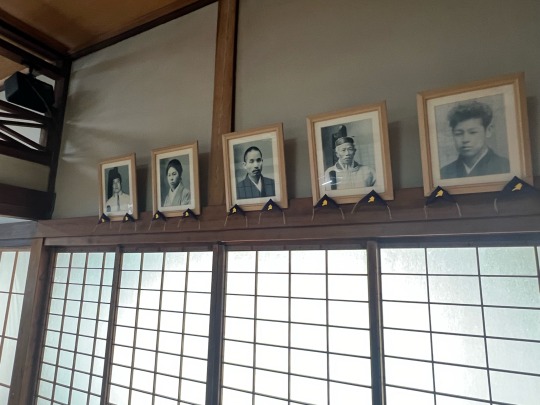

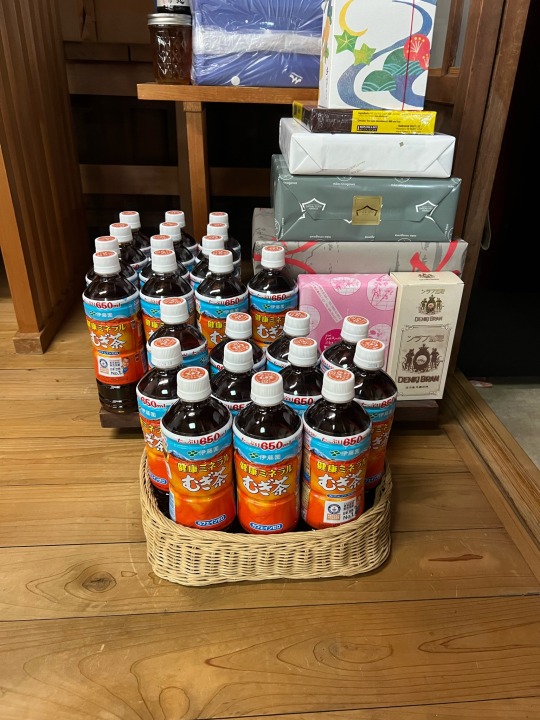
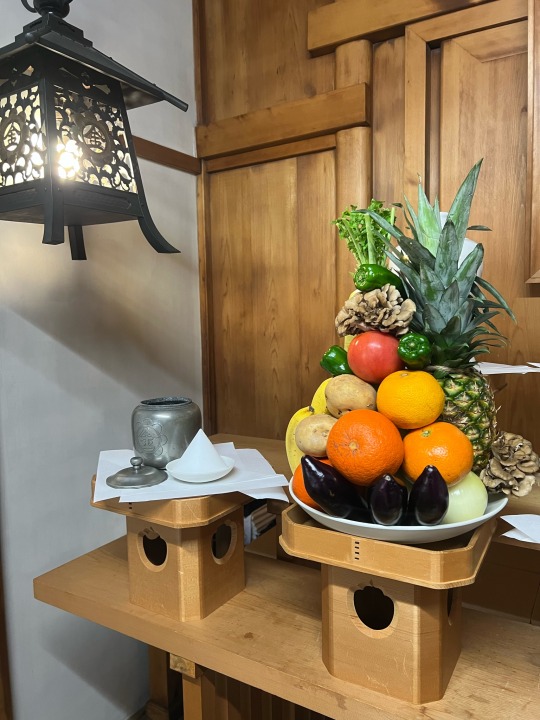

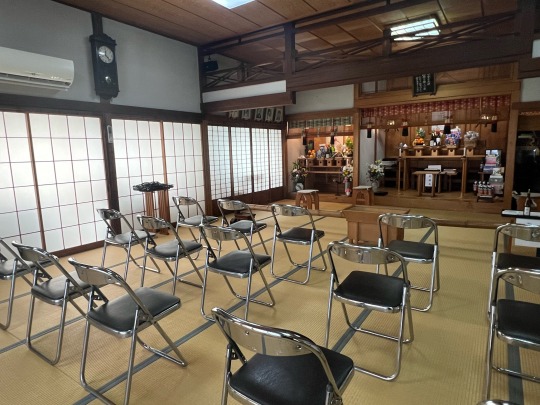
Happy Spring Equinox!
Today is the Spring Grand Ancestor Ceremony
春季霊大祭
We completed all the offerings, now time for the ceremony soon!🌸🌻
#shinto#shinto shrine#konkokyo#shintoism#konko faith#spring equinox#金光教横須賀教会#金光教#神道#春分の日#お供え物#offerings#altar
42 notes
·
View notes
Text

#gekitetsuの写真#photography#photo#写真#gekitetsu#gekitetsuphoto#japan#d850#photograpy#photographer#神道#sinto#神社#大神神社#rainyday#神主#🇯🇵#傘
71 notes
·
View notes
Text

And now for something completely different!
Omoikane-sama performing a purification ritual.
#art#shinto#omoikane no kami#yeah that's not how you do a purification ritual#I tried to capture the feeling more than the ritual itself#神道
24 notes
·
View notes
Text


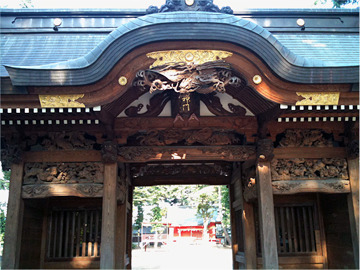



小野神社(東京都多摩市)
https://www.sa-ka-ki.com/jinja/tokyo/ono-tama/
#神社#小野神社#日本#東京#多摩#狛犬#鳥居#楼門#彫刻#jinja#onojinja#shrine#shinto#japan#tokyo#神道#komainu#torii#nippon#japanese culture#art
59 notes
·
View notes
Text
"The notion of "heavenly and earthly deities"... reflected an ancient Chinese categorization... In Japan this foreign notion became the central concept around which the court organized its priestly power. The court absorbed local authority by incorporating local cults into the emperor's universal worship of the "deities of heaven and earth." In practice, this meant that the most important kami were integrated in a new court narrative, a "mytho-history" that established the origins of the Japanese state... this narrative and ritual practice [making offerings to deities across the land] constituted a new cultic system that we shall call the jingi cult. Almost all the information we have about shrines in ancient Japan derived from records composed by the court in the context of this jingi cult... yet they reveal almost nothing about the ways in which these shrines functioned... a number of these shrines [were subjected] to nominal court control, while at the same time priestly lineages from these shrines used the jingi cult to enhance their influence at court. Most shrine sites, however, were not included in this court cult, and about these we know next to nothing."
A New History of Shinto, John Breen & Mark Teeuwen
32 notes
·
View notes
Photo
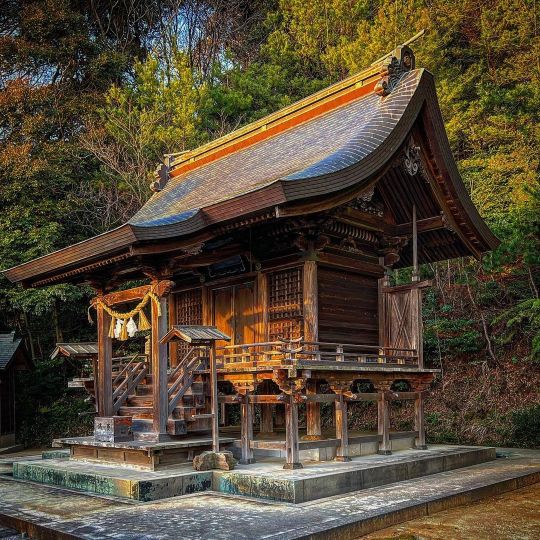
夕陽を受ける宍道 氷川神社 西向きに鎮座し、そして本殿に直接参拝するスタイルの宍道町の氷川神社 清和天皇の御代貞観18年(874)に祇園より勧請し創建した古社で、明治に入り氷川神社と改称、式内社の三崎神社を合祀しています 島根県には氷川神社が二社鎮座していますが、なぜかさいたま市に鎮座する島根氷川神社のことも思い出しました #氷川神社 #宍道氷川神社 #神社たくさん巡るひと @jmj_jp 𑁍𑁍𑁍𑁍𑁍 氷川神社(宍道町)(ひかわじんじゃ) 鎮座地:島根県松江市宍道町宍道858 主祭神:須佐之男命、櫛稲田媛命、天忍穂耳命、天穂日命、天津日子根命、活津日子根命、熊野久須玉命、多紀理毘女命、市杵島姫命、多岐都比売命 社格:式内小社論社 国史見在論社 𑁍𑁍𑁍𑁍𑁍 #神社 #神社巡り #神社好き #神社好きな人と繋がりたい #神道 #神社仏閣 #shrine #shinto #日本の風景 #参拝 #神社巡拝家 #recotrip #御朱印 #御朱印巡り #御朱印好きな人と繋がりたい#神社建築 #神社仏閣 #パワースポット #島根県 #松江市 #式内社 #宍道町 (宍道 氷川神社社務所) https://www.instagram.com/p/CqawXfkvKMO/?igshid=NGJjMDIxMWI=
#氷川神社#宍道氷川神社#神社たくさん巡るひと#神社#神社巡り#神社好き#神社好きな人と繋がりたい#神道#神社仏閣#shrine#shinto#日本の風景#参拝#神社巡拝家#recotrip#御朱印#御朱印巡り#御朱印好きな人と繋がりたい#神社建築#パワースポット#島根県#松江市#式内社#宍道町
71 notes
·
View notes
Text

巫女火野レイセーラーマーズファンアート Miko Rei Hino Sailor Mars Fan Art
#アニメ#イラスト#セーラームーン#セーラーマーズ#火野レイ#アニメイラスト#巫女#神道#sailor moon#sailor mars#anime#anime art#rei hino#miko#shrine maiden#shinto#japanese culture#mars#artist alley
53 notes
·
View notes
Text
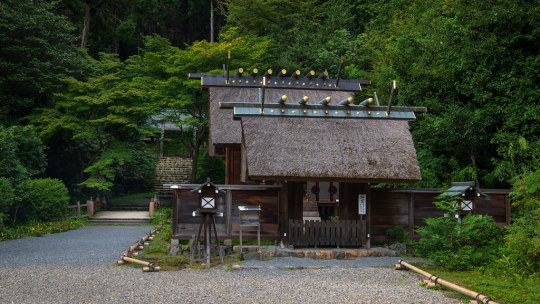
#Himukai Daijingū 日向大神宮#himukai#daijingū#日向大神宮#himukaidaijingu#daijingu#shrine#shinto#kyoto#japan#keage#higashiyama#ise#amaterasu#late#summer#京都#蹴上#東山#神道#神社#お伊勢さん#晩夏
151 notes
·
View notes
Text

We had a sticker contest for my University's Japanese Studies Faculty. I gave two, this Amaterasu was one of them. Unfortunately, neither of my projects won but I slayed so I'm fine.
#my art#artists on tumblr#art#dessin#rysunek#amaterasu#japanese mythology#shinto#shintoism#イラスト#天照大神#日本の文化#神道#イラストレーション
8 notes
·
View notes
Text
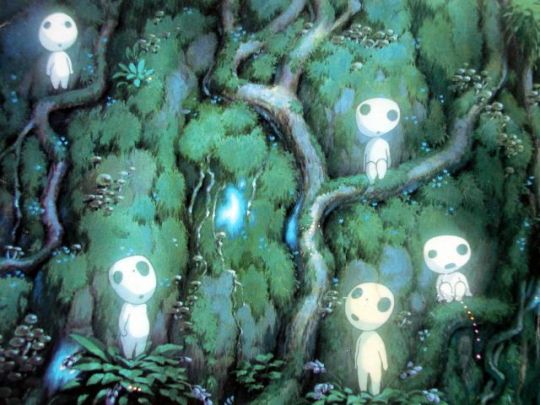
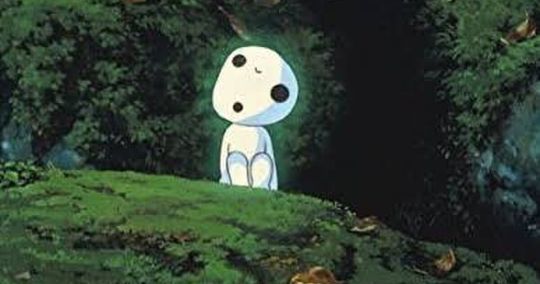




Sean bienvenidos a una nueva entrega de mitología nipona, en esta ocasión os presento a los Kodama en hiragana (こだま) ¿Qué son? Son unos seres, que pertenecen al sintoísmo, lo que correspondería a criaturas protectoras de los buques¿Os resultan adorables?.
-
Os recomiendo la película de La princesa Mononoke, espero que os haya gustado y nos vemos en próximas publicaciones.
-
日本神話、今回はひらがなの「こだま」です。神道に属する存在で、船を守る生き物に相当するんだ。 かわいいと思うかい?
-
映画「もののけ姫」はオススメです!気に入っていただけたでしょうか?また次の記事でお会いしましょう。
-
Welcome to a new installment of Japanese mythology, this time I introduce you to the Kodama in hiragana (こだま) What are they? They are beings that belong to Shintoism, which would correspond to creatures that protect ships. Do you find them adorable?
-
I recommend you the Princess Mononoke movie, I hope you liked it and I'll see you in future posts.
#神話#日本神話#神道#宗教#森#アート#写真#アニメ#もののけ姫#精霊の木#自然#日本#文化#ヲタク#picture#mythology#japanesemythology#sintohism#relligion#forest#art#photos#anime#LaprincessMononoke#spirittree#nature#japan#culture#otaku
22 notes
·
View notes
Text




On April 24th, I offered red roses to Kami-sama for a little belated St George's day (it is cultural for me being part Italian). 🌹
Now, 3 weeks later, there's a lovely little red rose "bouquet" growing in front of the shrine.
In everything you offer to Kami-sama in gratitude, Kami-sama will give back as well. 🙏🏻It is Aiyo kakeyo (interdependence)🌹
45 notes
·
View notes
Photo

Jumy-M
Shinto Rituals / 儀式
356 notes
·
View notes
Text

『今日、誰のために生きる?』
Amazonで予約してからだいぶ経って、ようやく届きました;;;
人、自分、として生きる事。どうして今の時代に日本人として生まれたのか と言う事。
神道の教えに、自分達は神様から分けられた、分け御魂と言う魂で、元々は神様の一部であり、一人一人の体そのものが神社なのだよ、というものがあります。
だから私達は『自分』も『他人』も大事に尊重しなければいけない。
『お客様は神様だ』という言葉が日本にはあるけども、同時に、それを接客する自分もまた神様であり、みんなが八百万の神様な訳です。
だから���当は両方が両方を尊重しなければいけない。
そして私達は元々は神様だった事を思い出すために、神社の参道(産道)を通って、神社の中にある鏡に向かって、自分を映して一礼して、それまでに自分の魂についた穢れを祓って、また世界に帰っていく。 そしてそんな神社は日本中にコンビニを超えるほど沢山、あちこちにあるんです。凄くないですか?
最近、ずっと祖国である日本や神道を私なりに勉強していますが、ショーゲンさんが伝えるブンジュ村の教えは、その元々の日本人の教えをアフリカで冷凍保存されてそのまま残されたもののようで、本当に魂震える気持ちでこの本や彼のYouTubeを拝見させて頂いてます。
最近思った私なりの神道の解釈は、この地球(宇宙)で人間として生きる上での作法の教えなのだという事でした。
ブンジュ村の村長は人間の役割は、この世界を祝福することと言っていて、それも腑に落ちました。 朝日や夕陽が綺麗なこと、自然が雄大なこと、動物の毛皮や鳥の羽、魚の鱗が美しいこと、虫の声に癒されること、季節が巡ることを美しいと思い、愛して記録にとどめて育てて行く事が人間の仕事であり、昔の日本人は俳句や歌にそれを留めて、自然と調和して過ごしていたなぁなんて思いました。
地元の校歌や市町村の歌があれば、歌詞をよく読んで貰いたいのですが、おそらく、「みんな仲良く助け合う」こと「地元の自然を讃え誇る」ことを歌っていると思います。別に普通のことじゃんと思うかもですが、それが元々の自分達の教えだったんだと、私は最近故郷に帰って改めて、これってとても大事な事だ…と強く思っています。
日々の自分や他人の所作や失敗を、面白く可愛いと思い、自分の内にも外にも自然と地続きである神様の気配を探す。
そんな風に自然と出来て、生きていけたら、とても楽しいだろうなと最近思って過ごしています。
とりあえず、この本はおすすめです(長い)。
8 notes
·
View notes
Photo


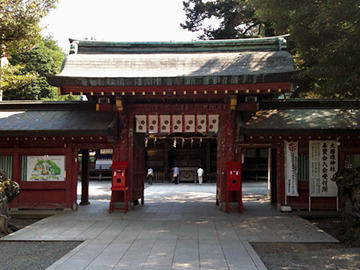



大國魂神社(東京都府中市)
https://www.sa-ka-ki.com/jinja/tokyo/ookunitama/
#大國魂神社#神社#神道#鳥居#狛犬#日本#東京#府中#ookunitama jinja#jinja#shrine#shinto#torii#komainu#japan#japan trip#japan travel#tokyo#fuchu
83 notes
·
View notes
Text
"Among the debaters, [of what Shinto should represent after WW2] we can discern 3 main camps. The first lead by Ashizu Uzuhiko (1909-92) stressed Shinto's role in uniting the Japanese people under the spiritual guidance of the emperor. The second... Yanagita Kunio (1875-1962), rejected the idea that centralist imperial ideology was at the core of Shinto. Instead, this group stressed the spiritual value of local traditions of worshiping local Kami, in all their centrifugal variety. The third fronted by Orikuchi Shinobu (1887-1953) argued that if Shinto was to survive, it should be developed from an ethnic religion into a universal one... Ashizu was an imperial loyalist and activist who saw Shinto in a political context... Within [Jinja Honchō], Ashizu fought a hard battle to exclude the influence of Yanagita and Orikuchi from the new shrine organization. He feared that their emphasis on regional diversity would tear apart Japan's sense of national unity, and even suspected that their views were being used in a leftist conspiracy to destroy the nation."
—A New History of Shinto, by John Breen & Mark Teeuwen
Shinto has never been a monolith, I wish people would stop assuming Emperor worship is the basis of Shinto, and I wish people would stop assuming all people historically wanted it.
38 notes
·
View notes